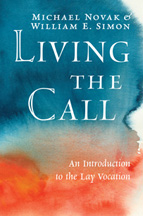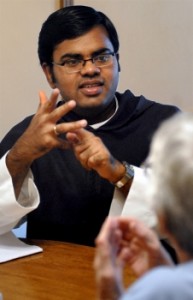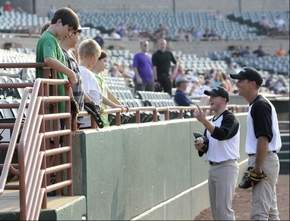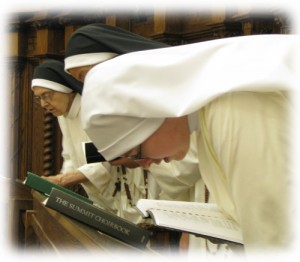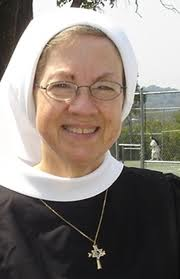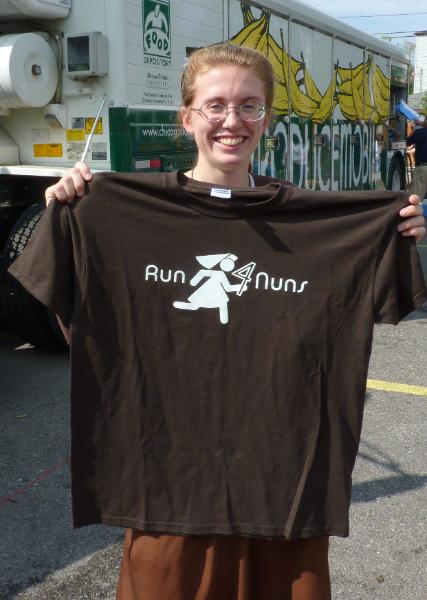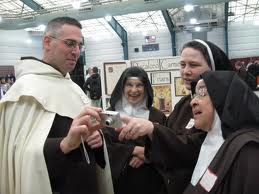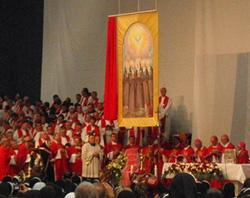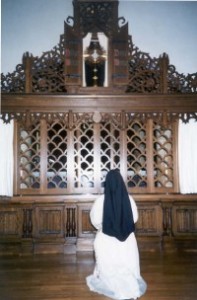 There was an interesting interview published in the National Catholic Register earlier this month with Sr. Mary Catharine Perry, O.P., the novice mistress of The Monastery of Our Lady of the Rosary in Summit, New Jersey.
There was an interesting interview published in the National Catholic Register earlier this month with Sr. Mary Catharine Perry, O.P., the novice mistress of The Monastery of Our Lady of the Rosary in Summit, New Jersey.
What struck me is the way she distinguished her community of contemplative nuns from the Dominican sisters that one more typically finds staffing Catholic schools:
Most of us know Dominican sisters as teachers. Maybe we had them in school. How do you fit into the whole Dominican picture?
The nuns are the “firstborn” of St. Dominic. In 1206 in Prouilhe, France, he gathered together nine women who had been converted from the Albigensian heresy, and they became the first monastery. You might say that they were “Dominican” before they were the Order of Preachers. It was 10 years before the friars came together.
From the very beginning, St. Dominic understood the nuns as integral to the preaching mission of the order. The nuns not only pray for the success of the holy preaching, but our life in community is itself a preaching because we witness to what the brethren preach . . . the reconciliation of all things in Christ.
The nuns ponder the Word, so that, as the prophet Isaiah says, “The word of God may not return empty but may still bear fruit.” Our role in the order is very feminine. We receive the Word, and the Word becomes mysteriously fruitful.
You’re a real, live nun. We usually call religious sisters “nuns” who really aren’t. Why is the distinction important to those of us on the outside of the convent?
Strictly speaking, nuns (moniales) are those who are cloistered. Sisters are those who are in the active life. Until the Code of Canon Law in 1917 only moniales were considered religious.
In the Order of Preachers–the Dominicans–the distinction is important because the nuns have both a spiritual and juridical bond with the friars, and together they are the Order of Preachers. There is no such thing as first and second order like with the Franciscans and Poor Clares. We profess obedience to the master of the order just as the friars do. The sisters, however, while belonging to the Dominican family, have a different relationship. It’s not that they are less Dominican; it’s just the relationship is different.
For more information on the Dominican nuns, or to help support their community, click here.

